Russian filmmakers land after shoot aboard space station

In this photo taken from video footage released by Roscosmos Space Agency, actress Yulia Peresild sits in a chair shortly after the landing of the Russian Soyuz MS-18 space capsule, southeast of the Kazakh town of Zhezkazgan, Kazakhstan, Sunday, Oct. 17, 2021. The Soyuz MS-18 capsule landed upright in the steppes of Kazakhstan on Sunday with cosmonaut Oleg Novitskiy, actress Yulia Peresild and film director Klim Shipenko aboard after a 3 1/2-hour trip from the International Space Station.
(Roscosmos Space Agency via AP) In this photo taken from video footage released by Roscosmos Space Agency, Russian space agency cosmonaut Oleg Novitskiy, centre, actress Yulia Peresild, left, and film director Klim Shipenko sit in chairs shortly after the landing of the Russian Soyuz MS-18 space capsule, southeast of the Kazakh town of Zhezkazgan, Kazakhstan, Sunday, Oct. 17, 2021.
In this photo taken from video footage released by Roscosmos Space Agency, Russian space agency cosmonaut Oleg Novitskiy, centre, actress Yulia Peresild, left, and film director Klim Shipenko sit in chairs shortly after the landing of the Russian Soyuz MS-18 space capsule, southeast of the Kazakh town of Zhezkazgan, Kazakhstan, Sunday, Oct. 17, 2021.  The Soyuz MS-18 capsule landed upright in the steppes of Kazakhstan on Sunday with cosmonaut Oleg Novitskiy, actress Yulia Peresild and film director Klim Shipenko aboard after a 3 1/2-hour trip from the International Space Station. (Roscosmos Space Agency via AP)
The Soyuz MS-18 capsule landed upright in the steppes of Kazakhstan on Sunday with cosmonaut Oleg Novitskiy, actress Yulia Peresild and film director Klim Shipenko aboard after a 3 1/2-hour trip from the International Space Station. (Roscosmos Space Agency via AP)
MOSCOW (AP) — A Soyuz space capsule carrying a cosmonaut and two Russian filmmakers has landed after a 3 1/2-hour trip from the International Space Station.
The capsule, descending under a red-and-white striped parachute after entering Earth’s atmosphere, landed upright in the steppes of Kazakhstan on schedule at 0435 GMT Sunday with Oleg Novitskiy, Yulia Peresild and Klim Shipenko aboard.
Actress Peresild and film director Shipenko rocketed to the space station on Oct. 5 for a 12-day stint to film segments of a movie titled “Challenge,” in which a surgeon played by Peresild rushes to the space station to save a crew member who needs an urgent operation in orbit. Novitskiy, who spent more than six months aboard the space station, is to star as the ailing cosmonaut in the movie.
After the landing, which sent plumes of dust flying high in the air, ground crews extracted the three space flyers from the capsule and placed them in seats set up nearby as they adjusted to the pull of gravity. They were then taken to a medical tent for examination.
All appeared healthy and cheerful. Peresild smiled and held a large bouquet of white flowers as journalists clustered around her. But she said she also felt a touch of melancholy.
“I’m feeling a bit sad today. It seemed that 12 days would be a lot, but I did not want to leave when everything was over,” Peresild said on state TV.
The transfer to the medical tent was delayed for about 10 minutes while crews filmed several takes of Peresild and Novitskiy in their seats, which are to be included in the movie. More scenes remain to be shot on Earth for the film whose release date is uncertain.
Seven astronauts remain aboard the space station: Russia’s Anton Shkaplerov and Pyotr Dubrov; Americans Mark Vande Hei, Shane Kimbrough and Megan McArthur; Thomas Pesquet of the European Space Agency; and Japan’s Aki Hoshide.
Russian cosmonaut and film crew returned safely to Earth from space station
By Georgina TorbetOctober 17, 2021
A trio of Russian crew members consisting of a cosmonaut, an actress, and a film producer has landed safely after departing the International Space Station (ISS) yesterday, Saturday, October 16. The three traveled home to Earth in a Russian Soyuz MS-18 craft and landed in Kazakhstan, southeast of the town of Dzhezkazgan.
The cosmonaut, Oleg Novitskiy of Russian space agency Roscosmos, has spent 191 days in space performing research and helping to maintain the station. He was accompanied by actress Yulia Peresild and producer Klim Shipenko who were on the ISS to film scenes for an upcoming movie. The movie, titled Challenge, is a cooperative project between Moscow media companies and Roscosmos The Soyuz MS-18 crew ship is pictured docked to the Nauka multipurpose laboratory module.
NASA
The three said farewell to the remaining ISS crew — consisting of European Space Agency astronaut Thomas Pesquet, NASA astronauts Shane Kimbrough, Megan McArthur, and Mark Vande Hei, JAXA (Japanese Aerospace Exploration Agency) astronaut Akihiko Hoshide, and Roscosmos cosmonauts Anton Shkaplerov and Pyotr Dubrov — yesterday afternoon before getting into the Soyuz MS-18.
The hatch between the spacecraft and the station was closed at 4:41 p.m. ET (1:41 p.m. PT), and the spacecraft undocked at 9:14 p.m. ET (6:14 p.m. PT).
The Soyuz traveled back to Earth in a short flight, arriving a little after midnight ET. A safe touchdown was achieved at 12:36 a.m. ET on Sunday morning (9:36 p.m. PT on Saturday night).
According to NASA, the trio was collected from the landing site by Russian helicopters and taken to the recovery staging city in Karaganda, Kazakhstan. From there, they returned to their training base in Star City, Russia, aboard a Gagarin Cosmonaut Training Center aircraft.
The Soyuz MS-18 spacecraft had caused a worrying issue on the ISS on Friday, October 15, when a thruster fired incorrectly during a test and pushed the space station out of alignment. Roscosmos says that the crew of the ISS were not in any danger, and fortunately, the Russian trio on the MS-18 was returned to Earth safely.
However, this was the second such incident this year, as a newly docked Russian module for the ISS — the Nauka Multipurpose Logistics Module — errantly fired its thrusters and pushed the station out of alignment in July.





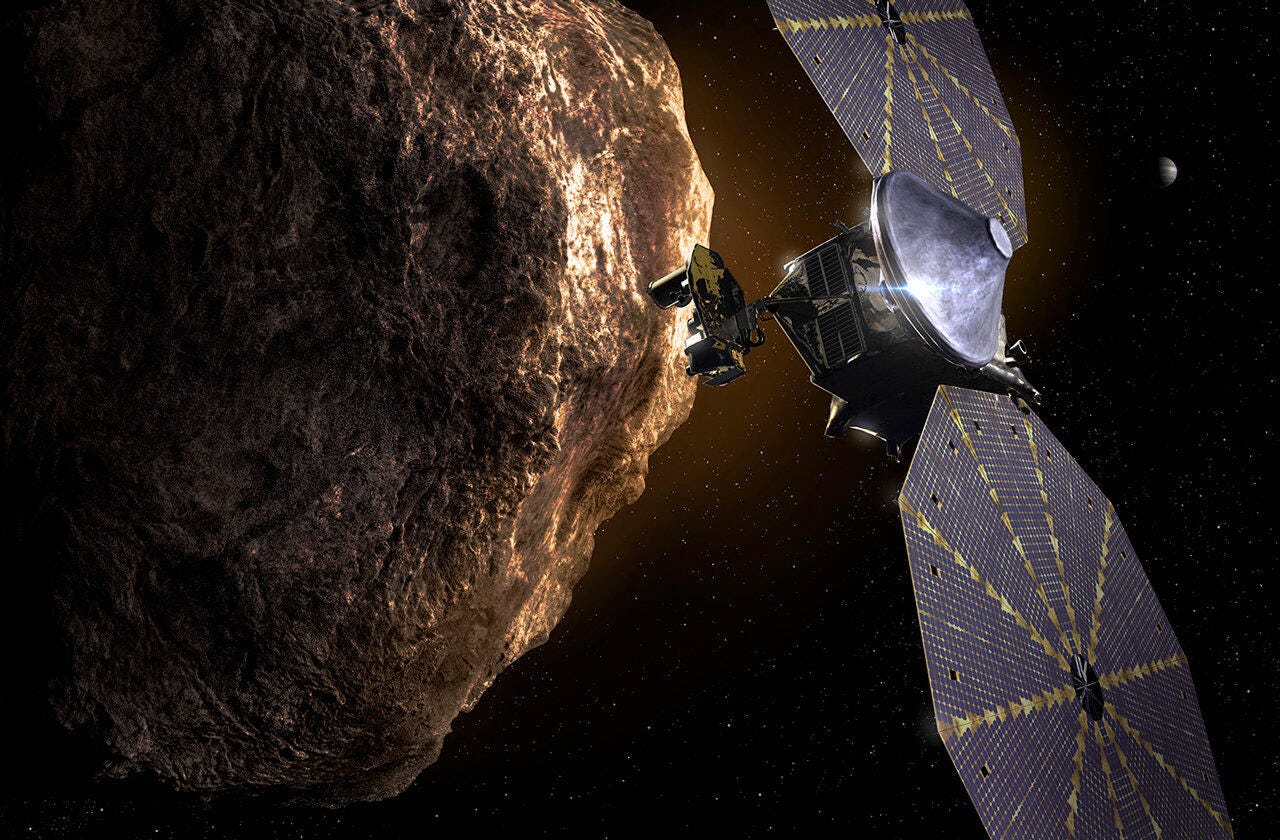
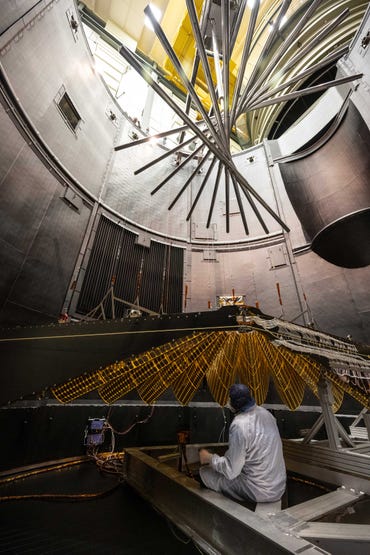
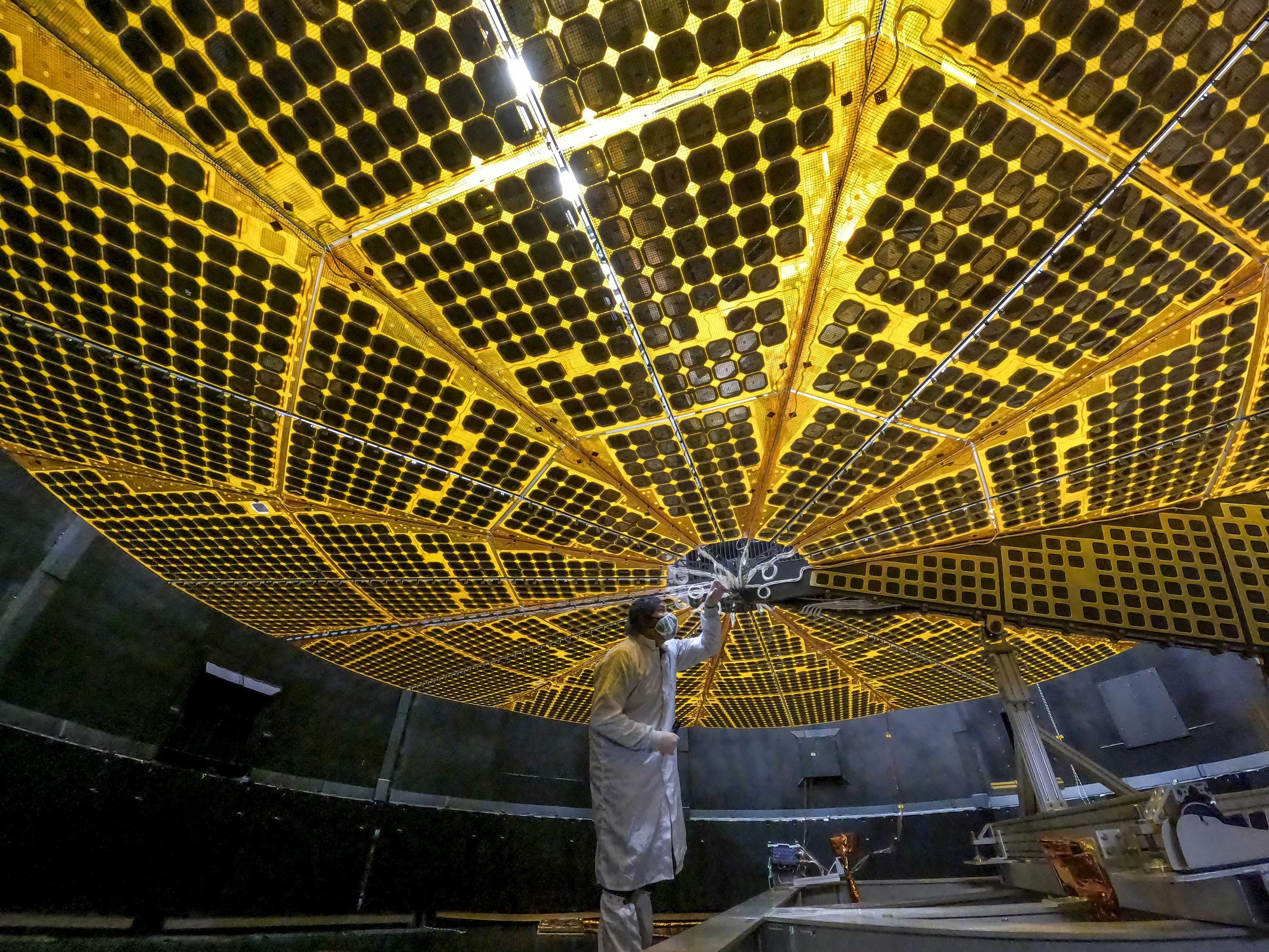
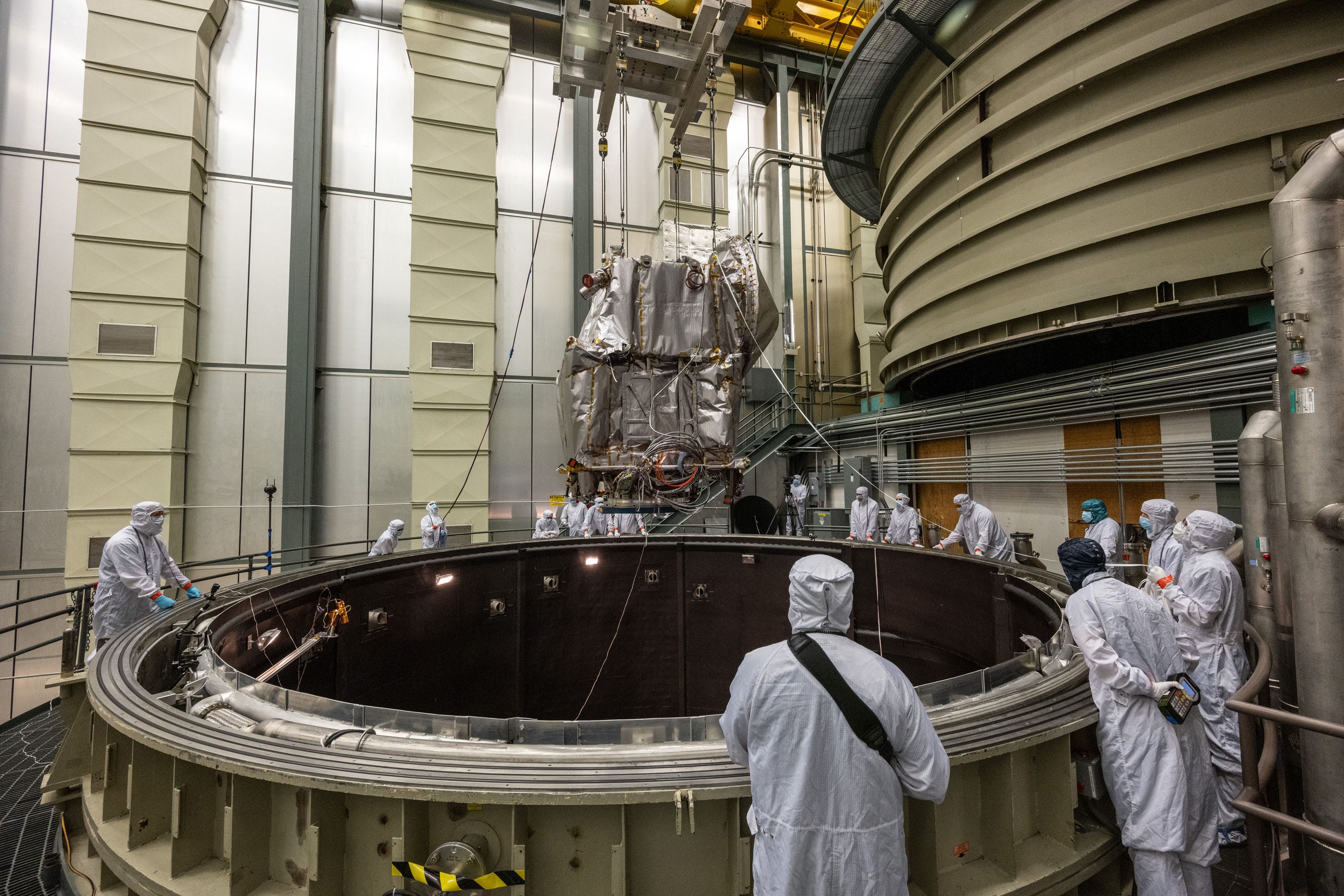
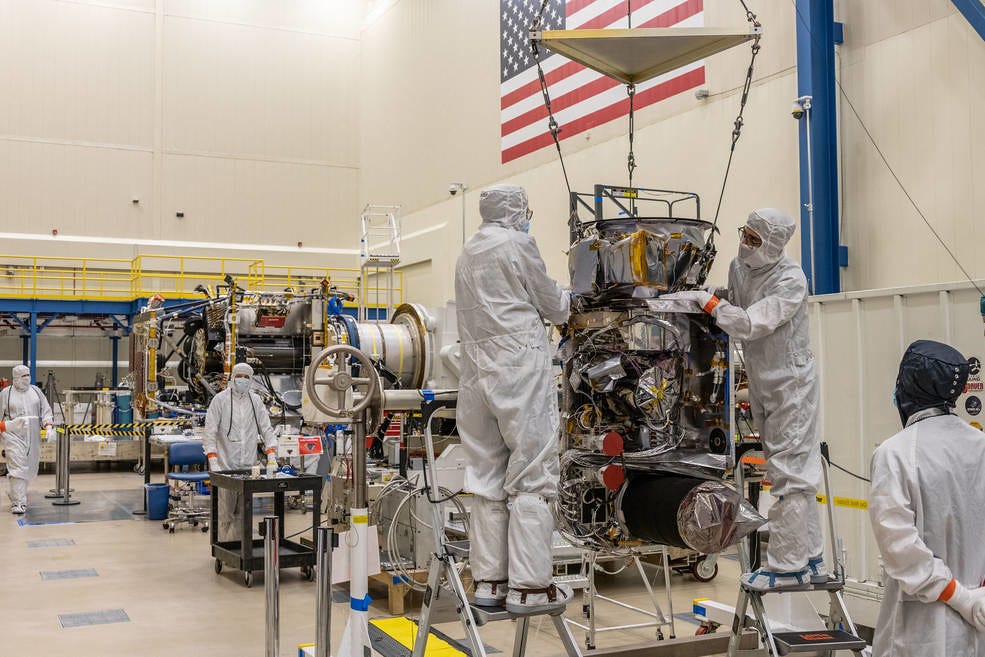
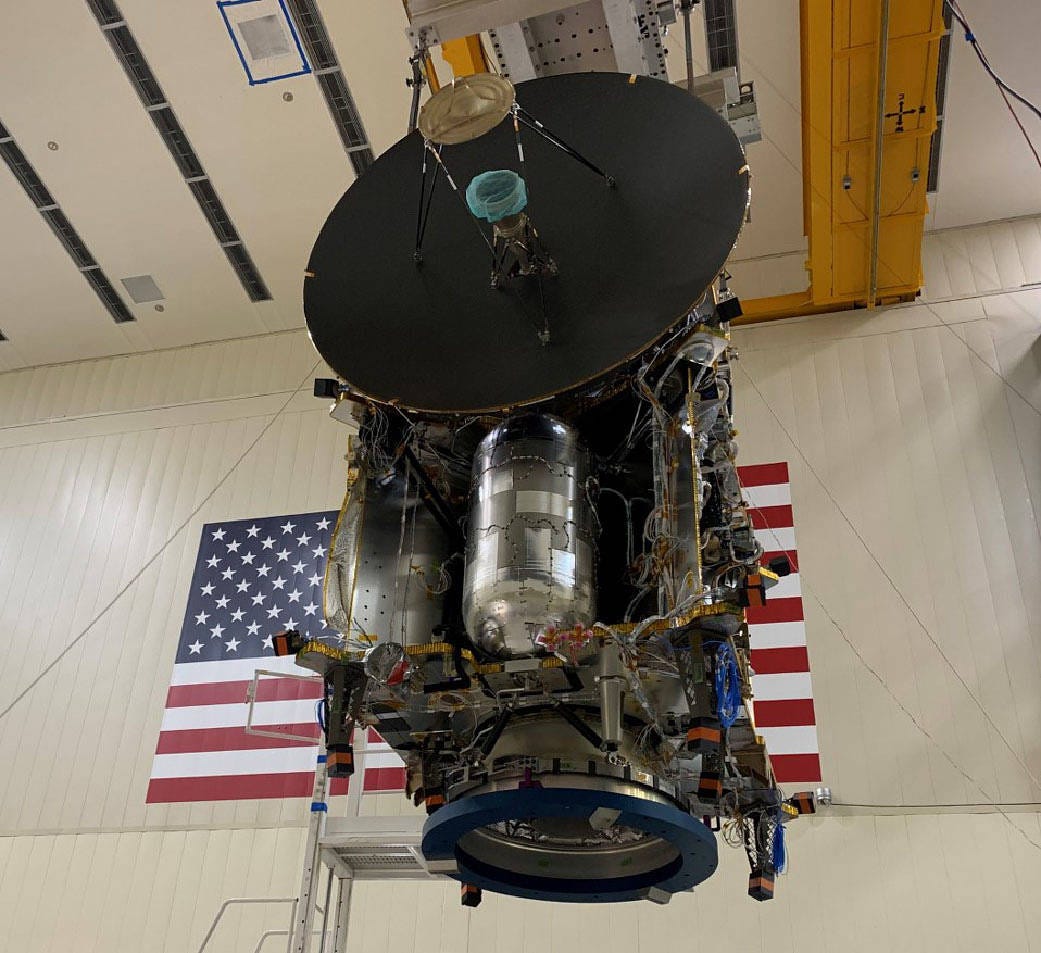




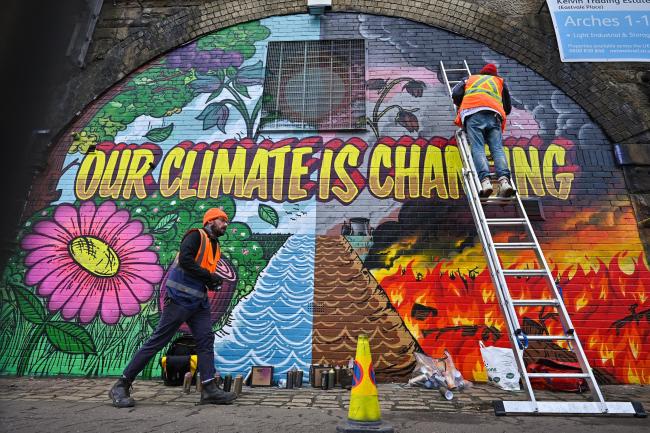


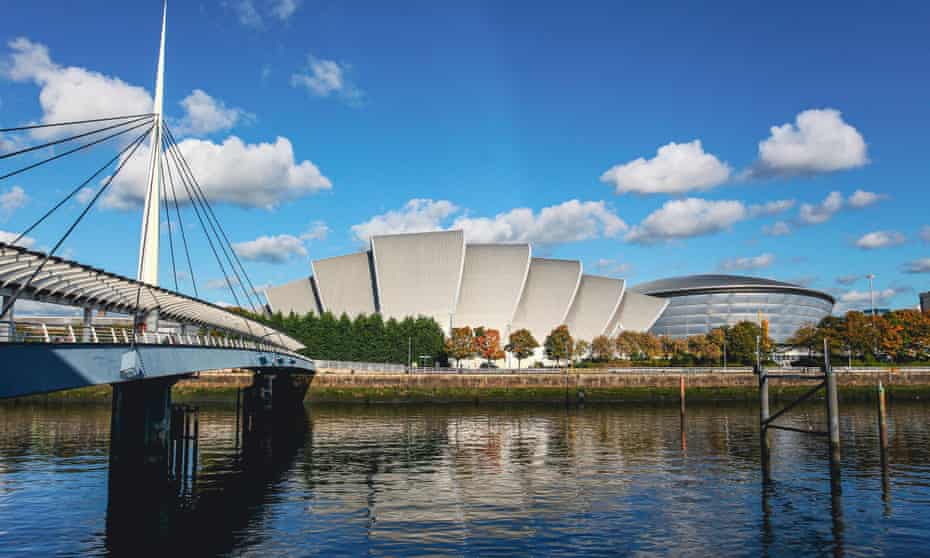



:quality(70):focal(638x440:648x450)/cloudfront-eu-central-1.images.arcpublishing.com/thenational/2HJEMWSW3NGBVABO3NSRH43YSA)
:quality(70)/cloudfront-eu-central-1.images.arcpublishing.com/thenational/FZNVBWTCMNKITF6OHDCIXXGDCI.jpg)
:quality(70)/s3.amazonaws.com/arc-authors/thenational/bc0b17e1-e718-4aa1-896b-c779fcd384c4.png)